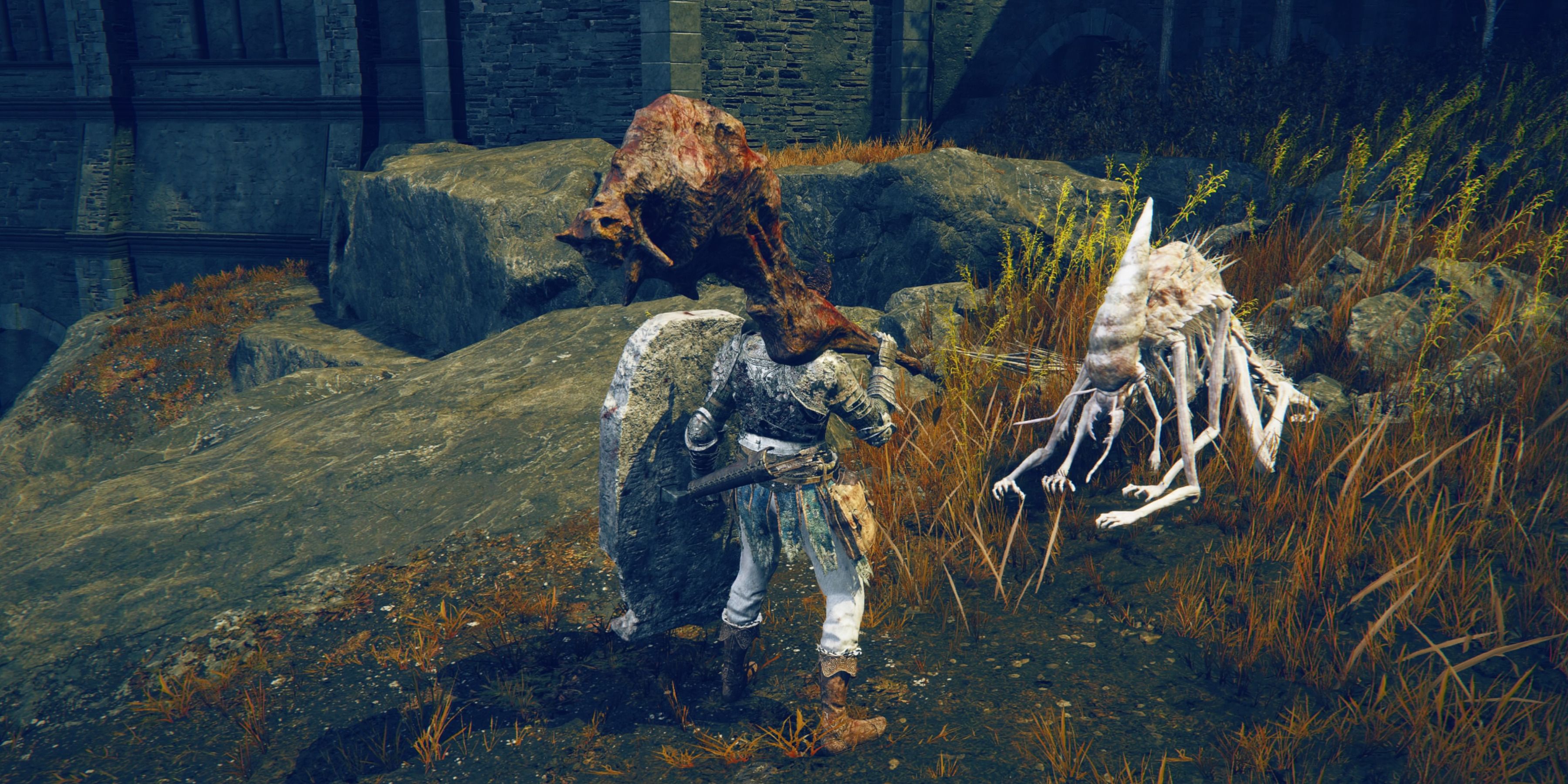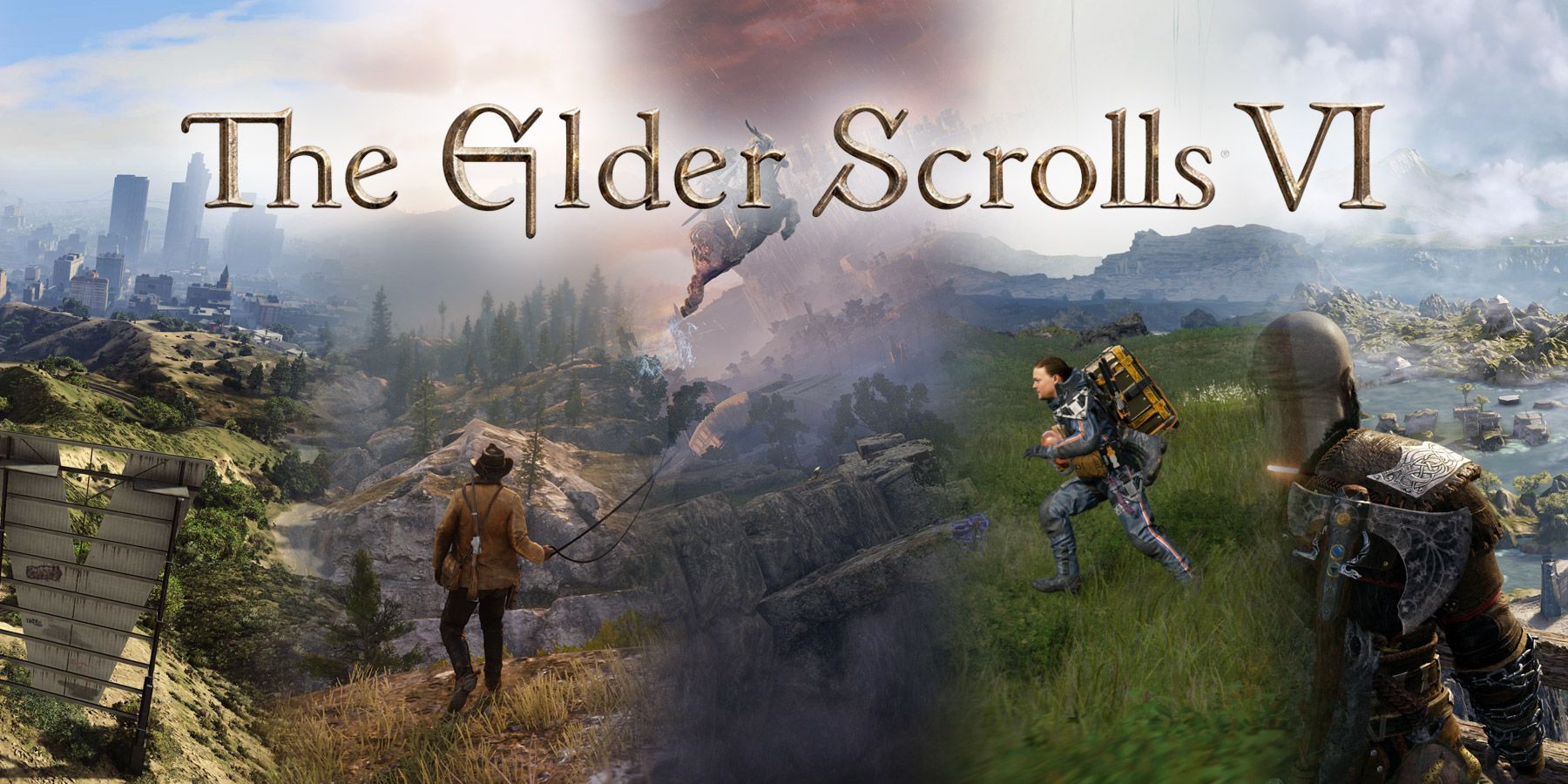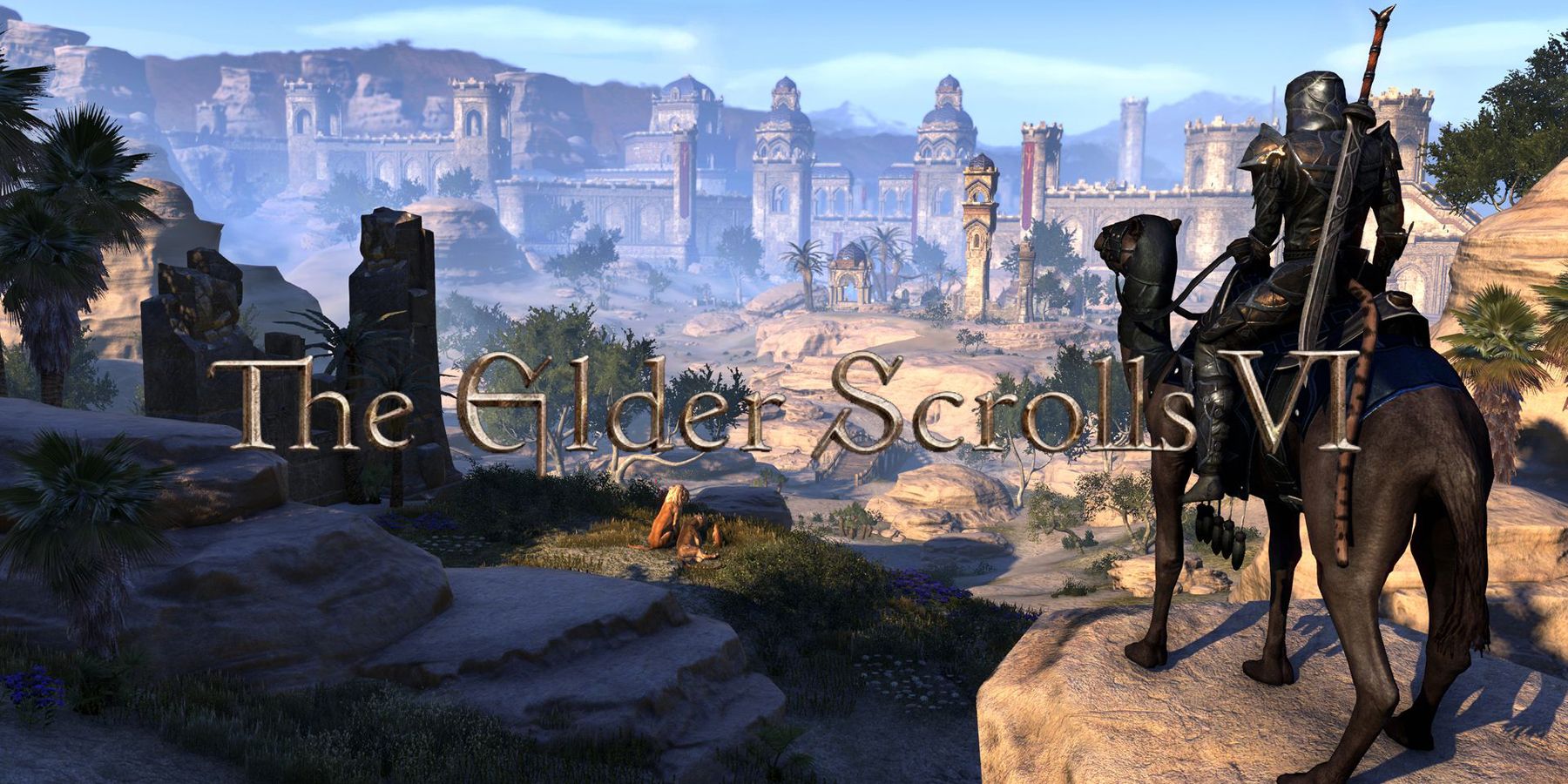One of the primary ways The Elder Scrolls has helped shape the open-world genre as a whole is its marked commitment to modernizing that which made each successive world in the franchise a success. 2002’s The Elder Scrolls 3: Morrowind immersed players in an alien landscape that leveraged story elements with the game’s large map to encourage exploration. Four years later, The Elder Scrolls 4: Oblivion introduced more expansive RPG mechanics to the series. And of course in 2011, The Elder Scrolls 5: Skyrim’s sheer breadth and balance showcased what the open-world adventure RPG genre was truly capable of achieving.
So while it may seem, then, that The Elder Scrolls 6 is sure to add another benchmark title to the annals of video game history, the recent evolution of open-world games presents a particular challenge for the studio that helped shape the genre. The supply of open-world adventure RPGs has increased dramatically since 2011 in both quantity and quality, and if Bethesda hopes to overcome open-world fatigue, an increasingly common phenomenon in the current landscape, it must pay attention to the ways in which it realizes its upcoming world.
Skyrim’s Impact on Open-World Games
Although The Elder Scrolls has been a pioneer in open-world games since its first entry all the way back in 1994, no game made as resounding an impact as The Elder Scrolls 5: Skyrim. Whether critics agree if it was successful or not, the game attempted to combine aspects of existing open-world games at a scale that had not been seen before. Storytelling, map exploration, RPG features, HUD design, world-building, and the overarching lore, among many others, blend together in a way that still brings fans back to the game more than a decade later.
As a result of such a massive impact, many games released in the wake of Skyrim have incorporated its gameplay elements. Although AAA franchises like Dragon Age,God of War, Assassin’s Creed, and The Witcher predate Skyrim, many of their post-2011 titles, such as Dragon Age: Inquisition, Assassin’s Creed: Origins, and even The Witcher 3: Wild Hunt, have aspects of Skyrim in their open-world design.
With so many games taking cues from Skyrim, titles that revise the formula offer helpful insight into what makes open worlds work. For example, The Legend of Zelda: Breath of the Wild put choice in the players’ hands in ways that other large titles had failed to do. Equally as impactful as Skyrim, Breath of the Wild’s freedom to choose, combined with an emphasis on exploration and world-building, made the detours just as fun as the main story. As such, the Dragonborn defeating Alduin or Link saving Zelda were important to the game, but they were primarily (and, most importantly) achievements that would happen eventually.
The Elder Scrolls 6 Could Struggle with Open-World Fatigue
Despite The Elder Scrolls’ storied successes with past open-world games, the landscape of the genre looks significantly different today. Games like Skyrim and Breath of the Wild run the risk of delivering open-worlds that feel derivative or tiring if they fail to take the saturated market into account. "Open-world fatigue” in players is a particular hurdle gaming studios have had to overcome in recent years. In these instances, the unique replay value open-world games offer can be a double-edged sword. The endless adventure that once drew players to the open-world genre can also dissuade them from devoting their time to something that, for all intents and purposes, they’ve already played.
The “Ubisoft formula” is an easy target for critics of open-world fatigue. Although Ubisoft’s speedy development is a positive for fans who enjoy annual or semi-annual releases, it can also wear on other players’ attention spans. Assassin’s Creed: Valhalla's main story clocks in at around 60 hours, and although the next-gen game has beautiful world-design and great graphics, the overall formula of the game offers little by way of refreshing gameplay. Especially when taking into account that Assassin’s Creed: Origins, Odyssey, and Valhalla were all released within three years of each other, the spectacle of intricate yet bloated open-worlds starts to wear off over time.
Assassin’s Creed is certainly not the only franchise to do this. Horizon Zero Dawn and its sequel, Horizon Forbidden West, incorporated Ubisoft's divisive radio towers in order open up map markers and guide players to side-quests. Similarly, Middle-Earth: Shadow of Mordor relied on environmental-stealth mechanically similar to Assassin’s Creed, and its sequel, Shadow of War, offered little revision to the formula.
With these types of gameplay similarities ever-frequently popping up across different games, it is not surprising that some players may grow increasingly tired of open-worlds in general. No matter how successfully the game pulls these common features off, gameplay can feel more like a muscle-memory test than a unique problem-solving experience. Even if The Elder Scrolls 6 omits these features, it still has to contend with the fact that the promise of freedom and exploration in open-world games doesn’t necessarily inspire the same excitement it used to.
How the Elder Scrolls 6 Could Overcome Open-World Fatigue
In order for The Elder Scrolls 6 to deliver an experience as equally balanced and realized as its previous titles, it needs to focus on how it realizes its open-world concept. That could mean reducing the abundance of bloated features and returning to a more basic model, like The Legend of Zelda: Breath of the Wild did with its refocus on player choice and non-linear sandbox gameplay. Alternatively, Bethesda could try to pioneer an open-world concept that advances the genre as a whole.
The game could negotiate both options by looking at what made previous titles work and leverage them against new open-world games. Regardless of the fact that Elden Ring’s direct lineage comes from the linear Demon’s Souls and Dark Souls, its concept of open-world design greatly contributes to its success. Elden Ring omits any sort of navigational HUD from the screen, forcing players to depend more on exploration and exhausting NPC dialogue in order to guide gameplay. Morrowind had a similar concept. Limiting the option to fast travel altogether, players instead were encouraged to explore the map on foot or use NPC dialogue to intuit where they should go next.
Even though Assassin’s Creed has its critics, it does a lot right. The cities and settlements in Assassin’s Creed are undoubtedly lively and dynamic. This type of focus on smaller areas, like cities or dungeons, could be a worthwhile addition to The Elder Scrolls 6. The cities and dungeons in The Elder Scrolls 4: Oblivion stand out in the franchise. However, when compared to Renaissance Italy, Victorian London, or the ancient Greek worlds from Assassin’s Creed,The Elder Scrolls’ smaller areas lack that sense of dynamism. The Elder Scrolls 6 could incorporate more active, small areas in the game to breath little pockets of life into its sprawling open-world.
What lets The Elder Scrolls rank among the best open-world franchises is its consistent commitment to making the journey just as, if not more, important than the destination. Although the main quests of all Elder Scrolls games are iconic in their own right, the detours made by the Nerevarine or Dragonborn are what truly make the games worth playing. Whatever path the Elder Scrolls 6 chooses to go down in development is sure to retain this core philosophy. While open-world fatigue persists, and games should do well to understand why it exists and how to answer it, Bethesda's track record sets The Elder Scrolls 6 up to once again showcase the elements of open-world games that make them worth playing.
The Elder Scrolls 6 is currently in development.





.jpg)

